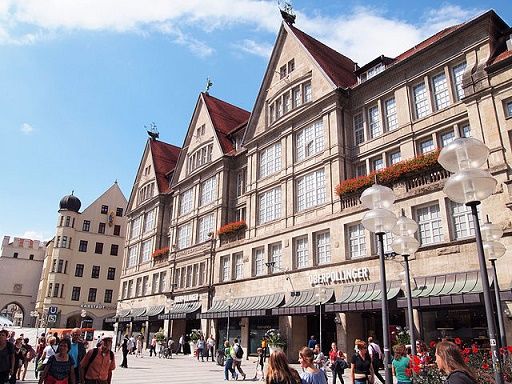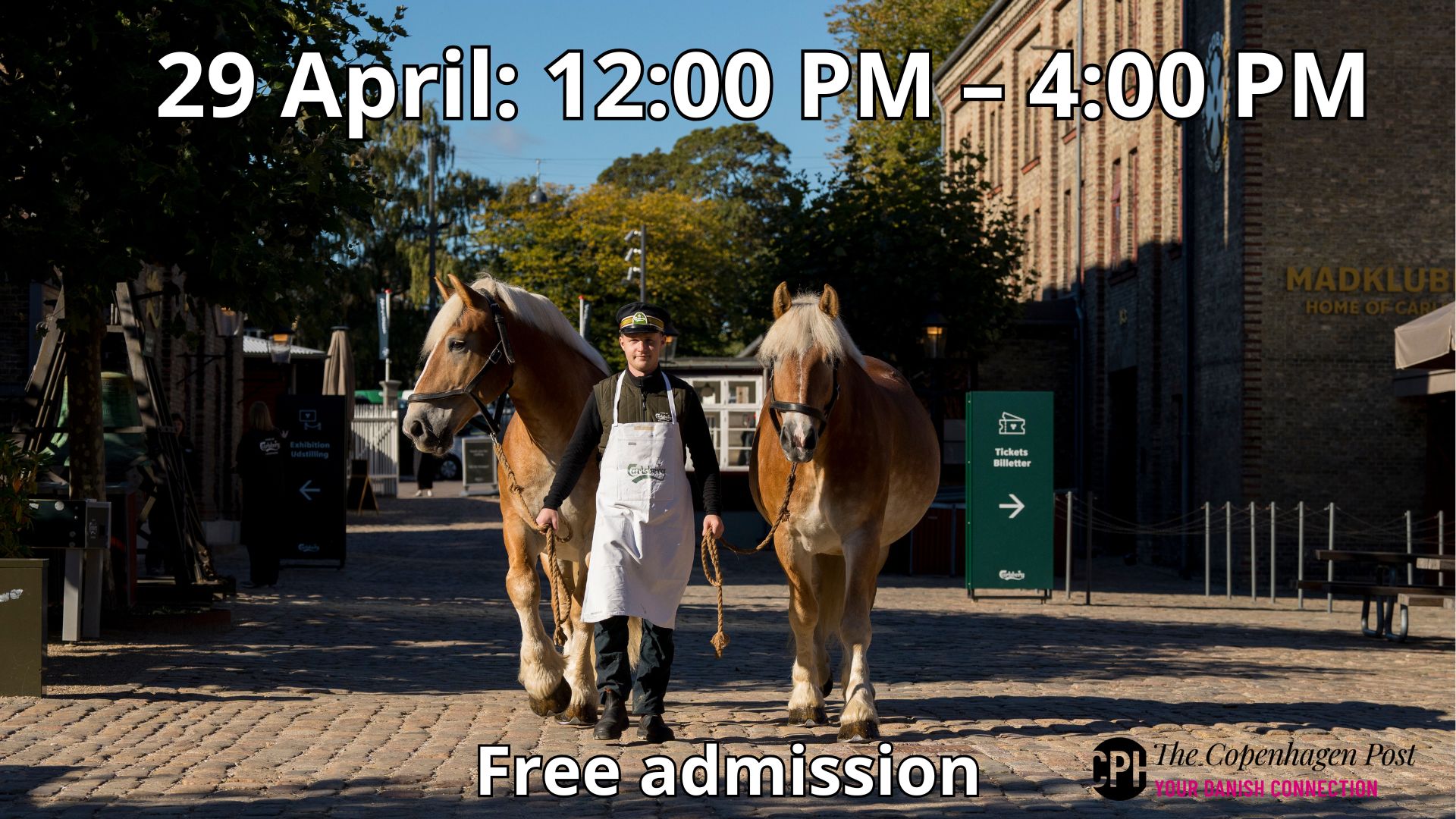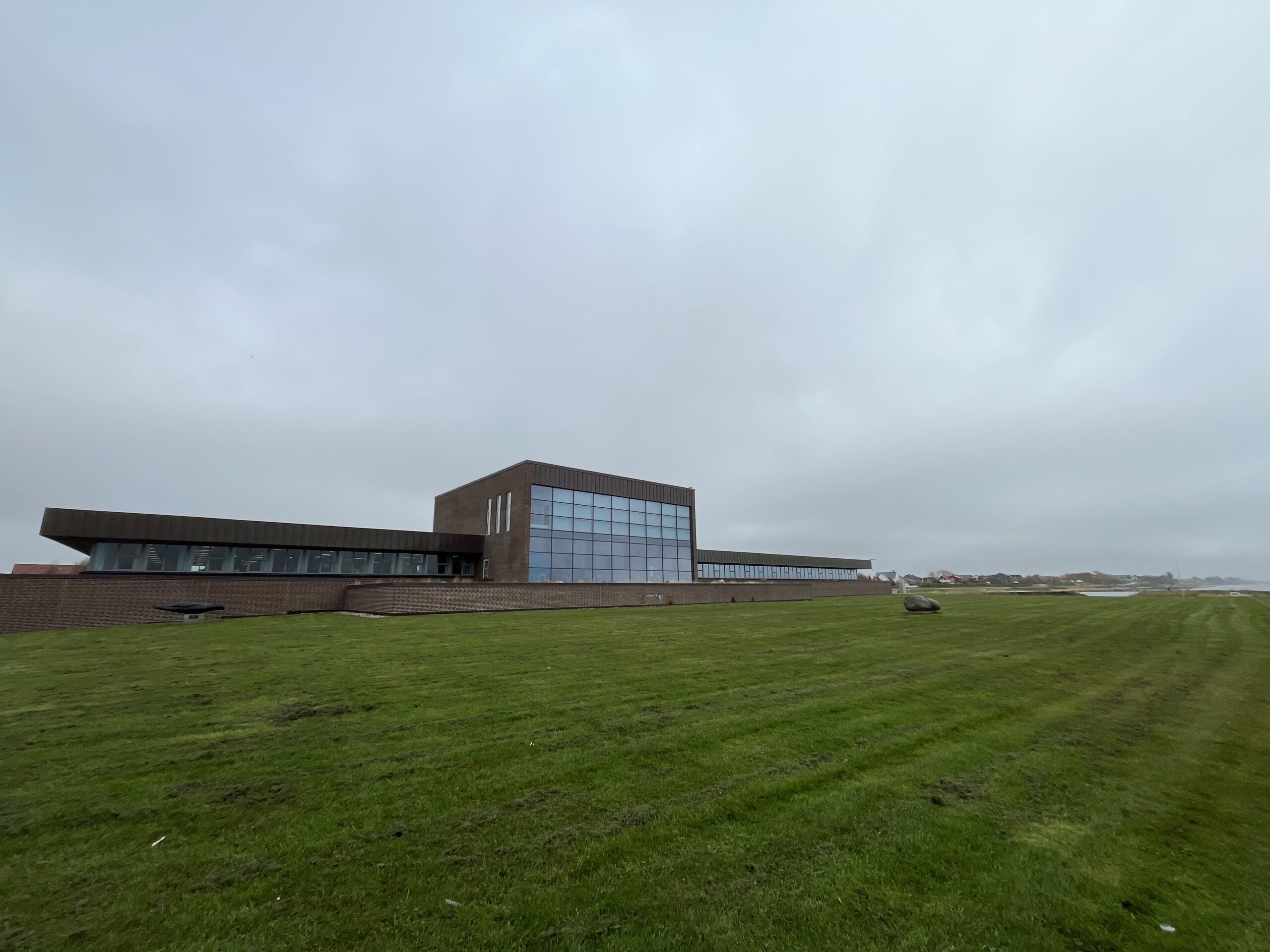A new analysis from the confederation of Danish industry, Dansk Industri (DI), calls for a more nuanced view on export patterns from Denmark to Germany.
According to DI’s calculations, Denmark in 2016 exported goods to the value of 1,229 kroner per German inhabitant. In comparison, the figures for Iceland were 10,199 kroner per person.
A lot more could be done
It is true to say that from the perspective of the average German consumer, Danish products and companies are not always that visible on the radar.
“This underlines how there is still enormous potential for Danish companies in Germany. If export levels can be increased just a little so that they match those of our other neighbours, it would lead to a lot more orders and increased economic growth at home,” said DI’s chief analyst, Allan Sørensen.
Getting into the German market is not always easy. Linimatic, a company from Helsinge specialising in high-quality zinc products, earns around 6 million kroner per year from the German market.
However, to start with, it has to sell its products very cheaply – so cheaply, in fact, that it is losing money.
“You have to be competitive price-wise or you may as well forget it,” said its sales chief, Torben Levinson.
“Once you’re in and can show that you can deliver good products on time, then there is a good business case in Germany.”
Learn the language
Language and cultural factors also play a part. “Speaking good German is a huge advantage. My schoolboy German is certainly not good enough when it comes to talking business,” added Levinson.
The company soon realised it made good commercial sense to employ a permanent salesperson in Germany. Flexibility regarding delivery is also appreciated.
According to figures released by the IFO institute at the University of Munich, the German economy is set to grow by 1.8 percent in 2017, and again by 2 percent in 2018.
Go south, young man!
It would also be a good idea for Danish firms to look to southern Germany for untapped markets. At present, the south accounts for only 0.5 percent of Danish exports despite the presence of Bayern, which would be the sixth largest economy in the Eurozone if it were an independent country.
Allan Mølholm owns three furniture shops in Munich and Augsburg employing 45 people. His recipe for success in southern Germany is simple.
“It’s all about good, healthy basic values. Treat your employees and customers decently,” he advised.
“It’s a fact that there is a really strong economy in southern Germany. There’s lots of potential there.”












